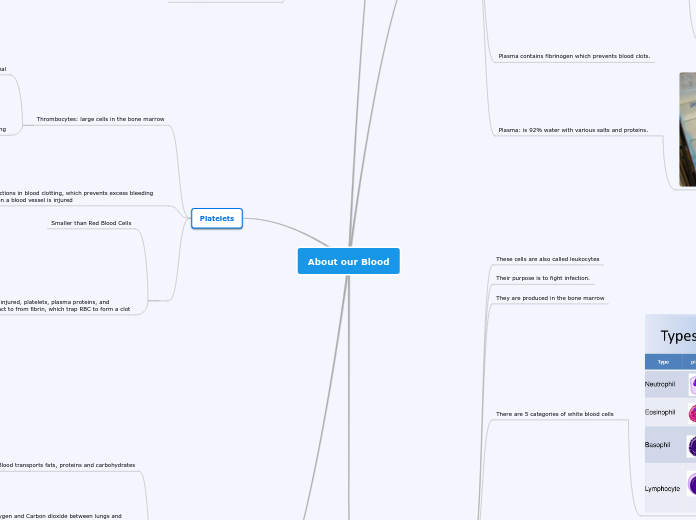by Sophia Hakim - Rick Hansen SS (2542) 6 years ago
1055
About our Blood

by Sophia Hakim - Rick Hansen SS (2542) 6 years ago
1055

More like this
Thrombocytes